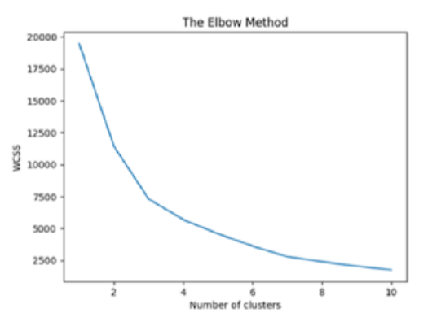


Indian Journal of Science and Technology
Year: 2024, Volume: 17, Issue: 6, Pages: 503-513
Original Article
G Sofia1*, D Hema2
1Associate Professor in Computer Science, Lady Doak College, Madurai, Tamil Nadu, India
2Assistant Professor in Computer Science, Lady Doak College, Madurai, Tamil Nadu, India
*Corresponding Author
Email: [email protected]
Received Date:26 August 2023, Accepted Date:05 January 2024, Published Date:02 February 2024
Objectives: To analyse students’ academic performance based on assessment methods and determine the most prevalent one through which students can be categorised for recommending optimal student-centered pedagogies that enhance students’ performance. Methods: Exploratory Data Analysis identifies the implications of the assessment methods based on the marks obtained by students in Continuous Assessments (CA) and the Cumulative Test (CT). Continuous Assessment (CA) and Cumulative Test (CT) marks of three subjects that come under foundation science, elective, and skill-based course of 100 undergraduate students are collected from a reputed Arts and Science Institution using stratified sampling technique, analyzed, and the recommendations are made based on the statistical observations and cluster analysis. Clustering recognises learning patterns of the students’ on the learners’ data. The Elbow method determines the number of clusters where the Silhouette score identifies the best suitable clustering technique for the dataset. K-Means Clustering categorises students based on their performance, that helps to give recommendations to improve. Findings: Based on Univariate and Bivariate analysis on the dataset, this work identifies Continuous Assessment (CA) as a prevalent evaluation strategy that motivates students to get engaged throughout rather than just before the exam. Based on the Silhouette Score (above .5), K-Means clustering is chosen to discover hidden patterns in the assessment marks depending on the three clusters determined by the Elbow method. It helps to identify the underperformers (46%) and suggest personalised recommendations for improving student’s academic performance as per clusters. Novelty: This work integrates Statistical Analysis and Clustering Analysis as per the optimal clusters determined by the Elbow method for identifying patterns hidden in assessment marks based on the prevalent assessment types. As a result, it enables more personalised recommendations for recognising the predominant assessment method and boosting academic achievement.
Keywords: Continuous Assessment, Cumulative Test, Statistical Analysis, Exploratory Data Analysis, Univariate, Bivariate, Cluster Analysis, Elbow Method, KMeans Clustering
© 2024 Sofia & Hema. This is an open-access article distributed under the terms of the Creative Commons Attribution License, which permits unrestricted use, distribution, and reproduction in any medium, provided the original author and source are credited. Published By Indian Society for Education and Environment (iSee)
Subscribe now for latest articles and news.